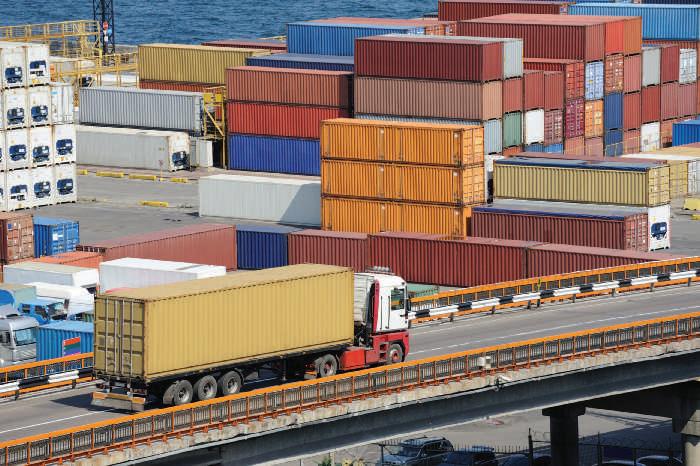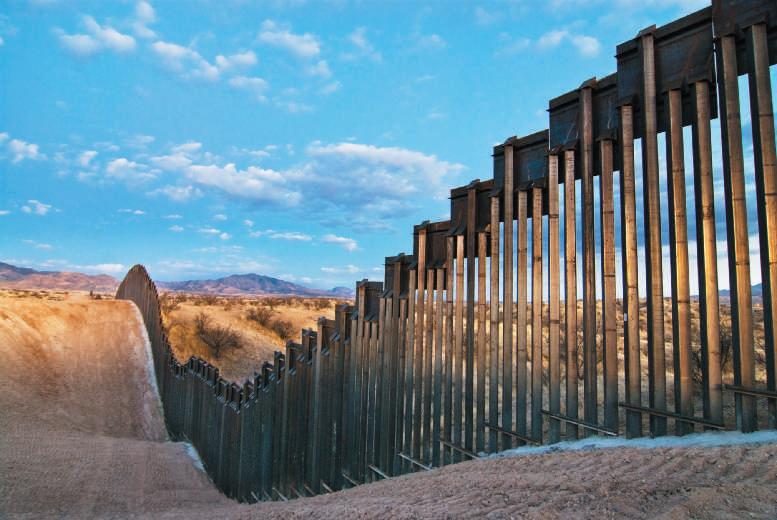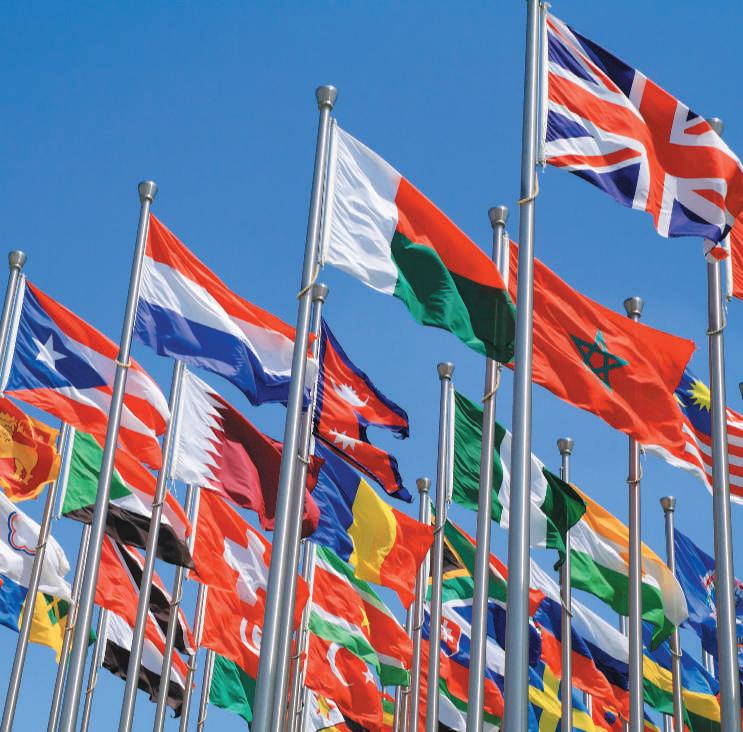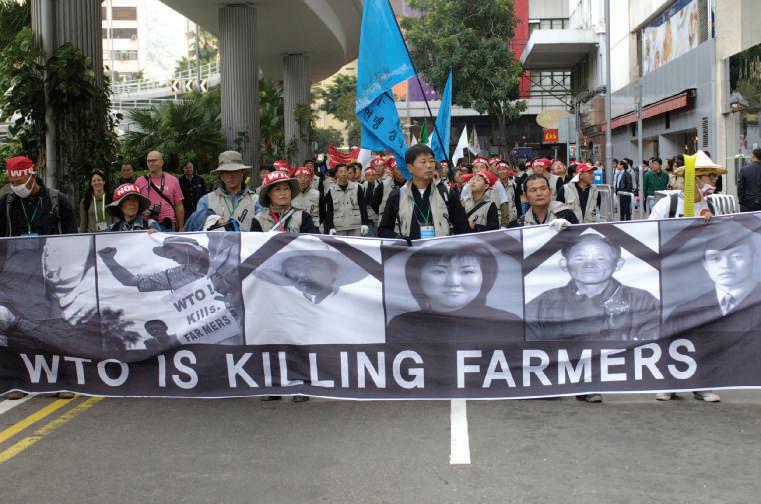14
C h a p t e r 1 T h e Ri s e o f G lo b a li z a t io n
A number of simple, fundamental principles run throughout all these documents; the following five principles are the foundation of the multilateral trading system.
•
Trade without discrimination: Member countries should not discriminate between their trading partners (giving them equally “most favored nation” or MFN status); member countries should not discriminate between their foreign products and services.
• •
Freer trade: Gradually removing trade barriers through negotiations.
•
Promoting fair competition: Discouraging “unfair” practices, such as export subsidies and dumping products in the export market below cost.
•
Encouraging economic reforms in developing countries: Giving emerging economies more time to adjust to a free-trade environment, greater flexibility, and special privileges to meet WTO requirements.9
Predictability: Foreign companies, investors, and governments should be confident that trade barriers (including tariff and nontariff barriers) will not be raised arbitrarily; tariff rates and market-opening commitments are “bound” in the WTO.
In 2000, new trade talks started on agriculture and services. However, progress has been slow. Emerging economies, especially Brazil, China, and India, have made it clear that further liberalization in the industrial sector will not proceed unless the European Union, Japan, and the United States drastically cut their huge agricultural subsidies. The concept of curtailing agricultural subsidies in developed economies was incorporated into the ninth (most recent) round to trade negotiations called the “Doha Round” or Doha Development Agenda (DDA), which was launched in Qatar in November 2001.
R e a l i t y C h e c k LO-2 What is the status of the Doha Round of trade negotiations? Identify the key stumbling block of this trade negotiation and describe its impact on globalization.
LO-3 Evaluate the need for strong and transparent national institutions to adapt to globalization.
institutions
the rules, enforcement mechanisms, and organizations that support market transactions
1-3 Institutional Structure and Its Impact on Globalization10 As discussed earlier, most countries cooperate multilaterally on important global economic issues through membership in the IMF, the World Bank, and the WTO. These three organizations address a very wide range of international economic concerns, but they were not designed to be all-encompassing.11 There are several key challenges that require national attention. These include building institutions that support (1) a democratic system of government, (2) free markets, (3) an independent judiciary, and (4) a free press. As an institution, an independent judiciary can be paramount for interpreting the rule of law, with courts enforcing the laws, and a free press that can be important for transparency of business practices. The need for such national institutions must be addressed if globalization will be sustained.
1-3a What Is Institutional Structure? In business, when we speak of institutions we mean the rules, enforcement mechanisms, and organizations that support market transactions. Institutions help transmit information, enforce contracts and property rights, and promote market competition across extremely diverse developed and developing countries. Building effective institutions takes time and
Copyright 2017 Cengage Learning. All Rights Reserved. May not be copied, scanned, or duplicated, in whole or in part. Due to electronic rights, some third party content may be suppressed from the eBook and/or eChapter(s). Editorial review has deemed that any suppressed content does not materially affect the overall learning experience. Cengage Learning reserves the right to remove additional content at any time if subsequent rights restrictions require it.







































